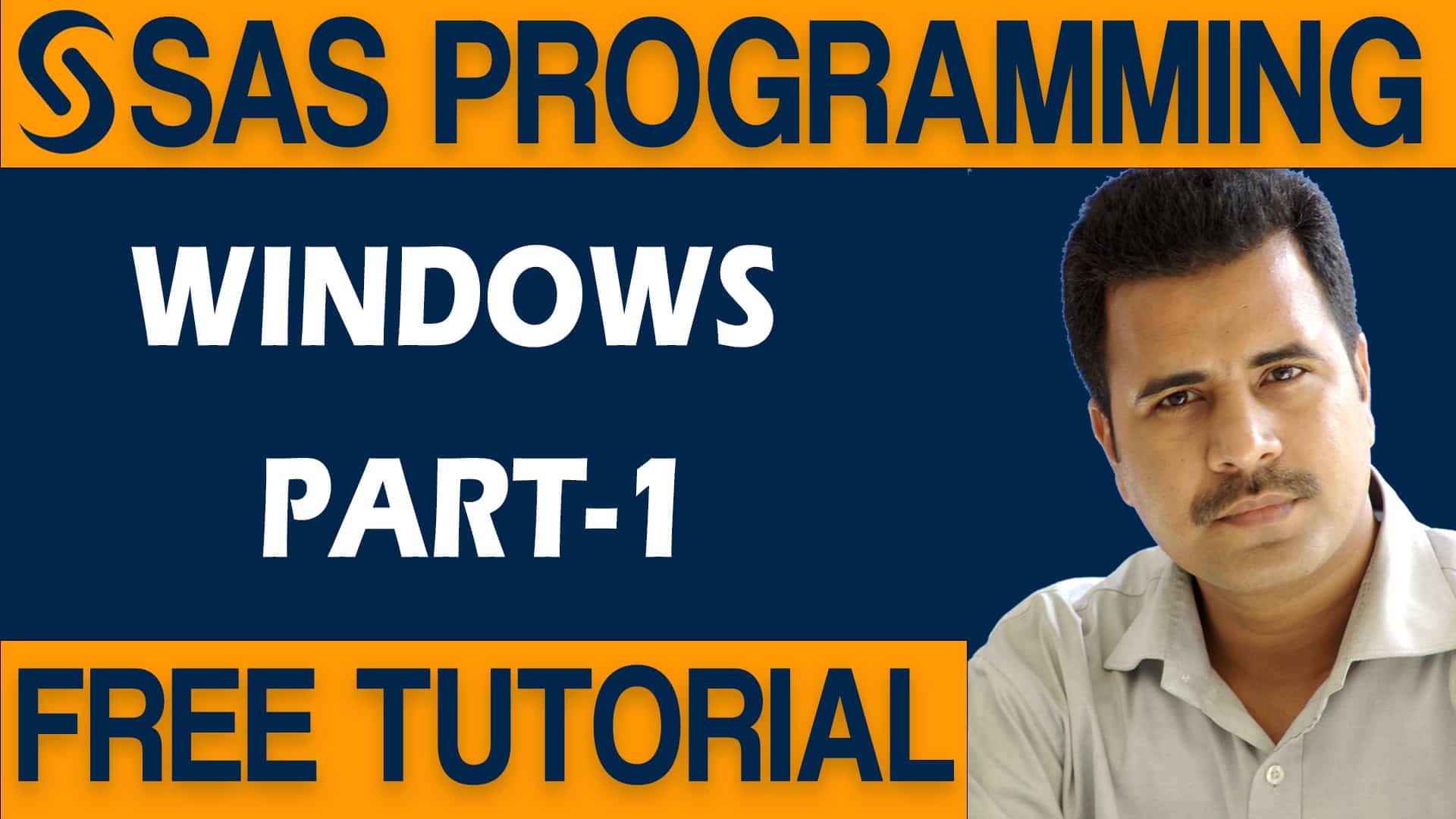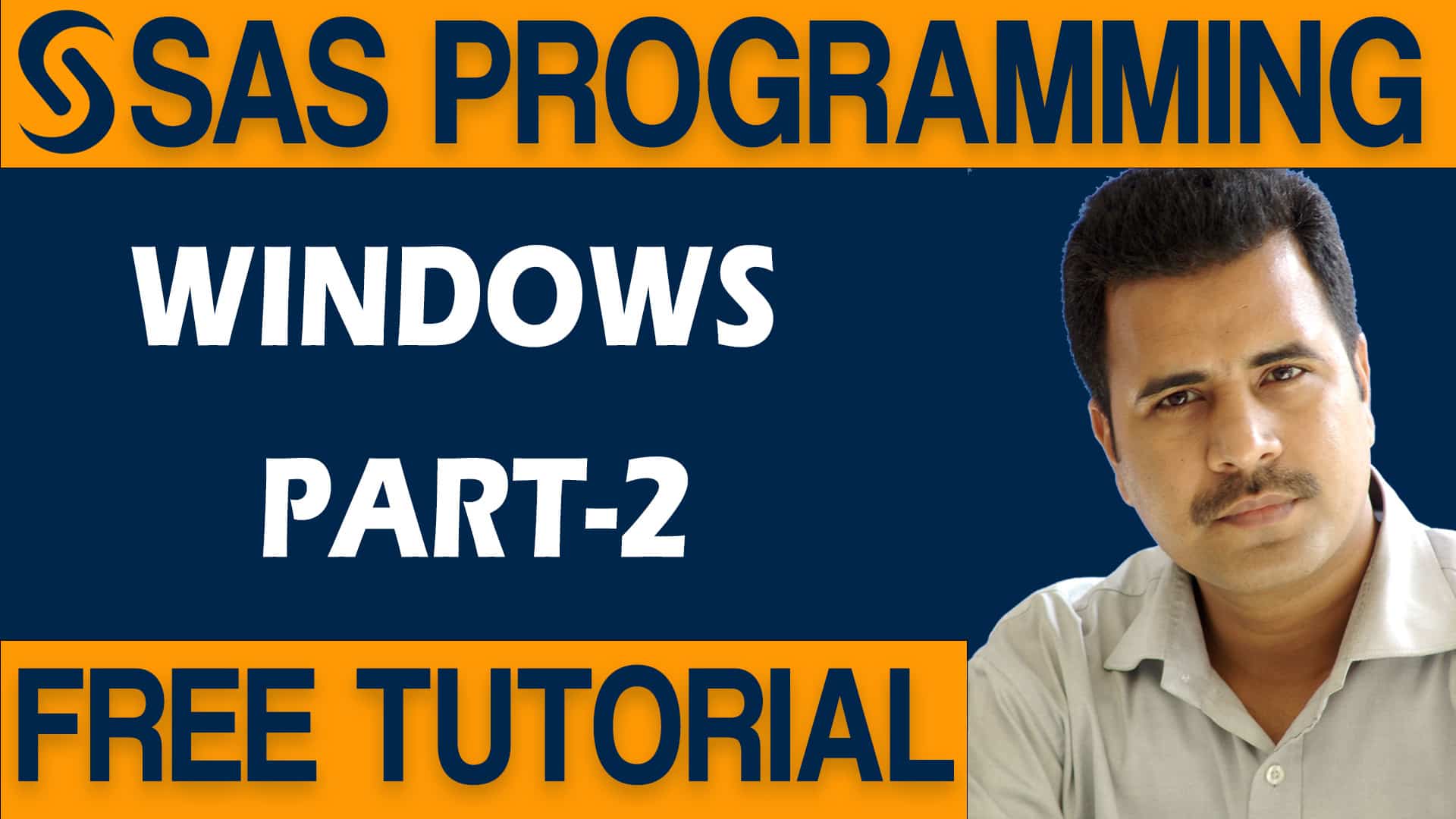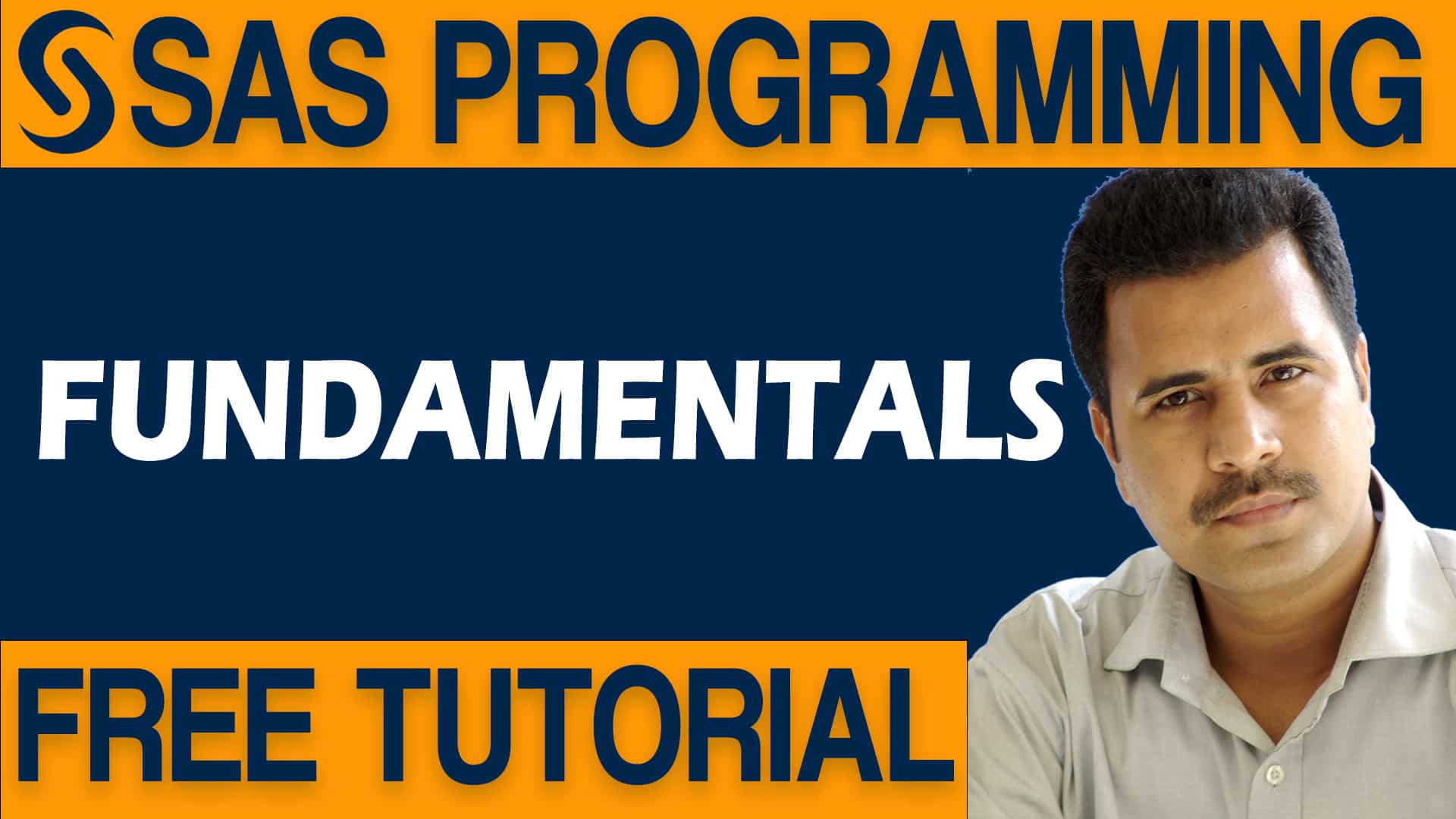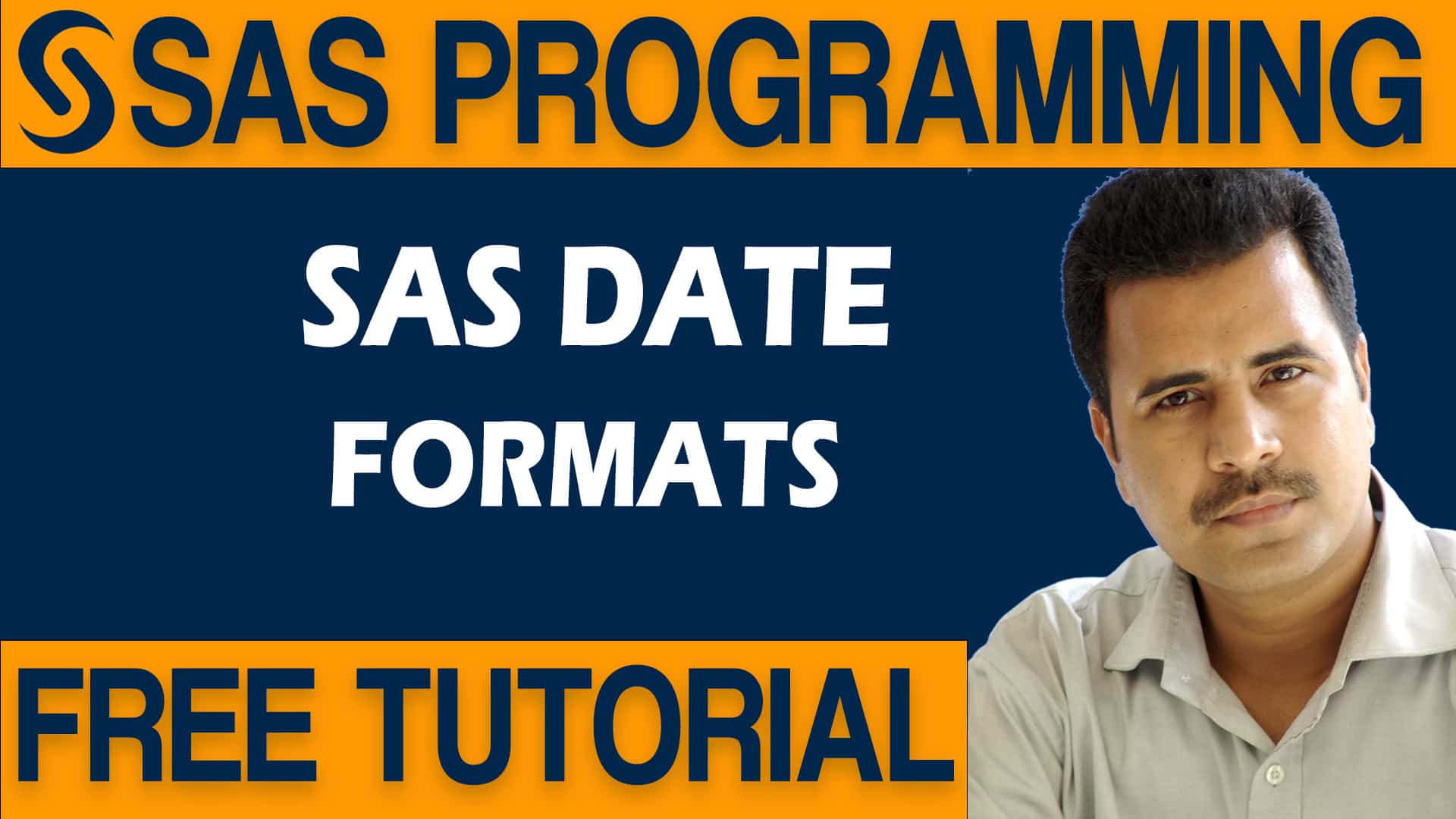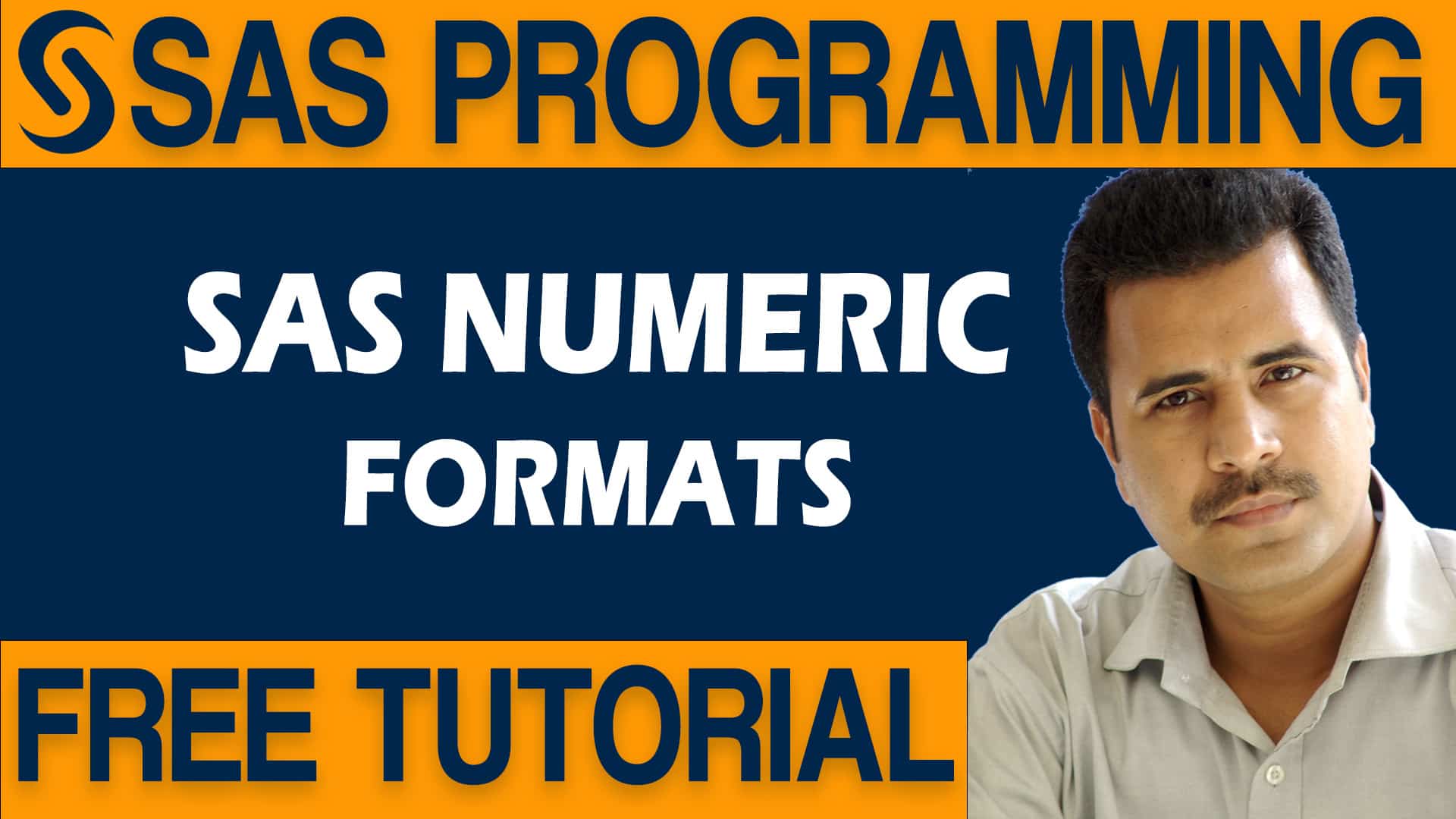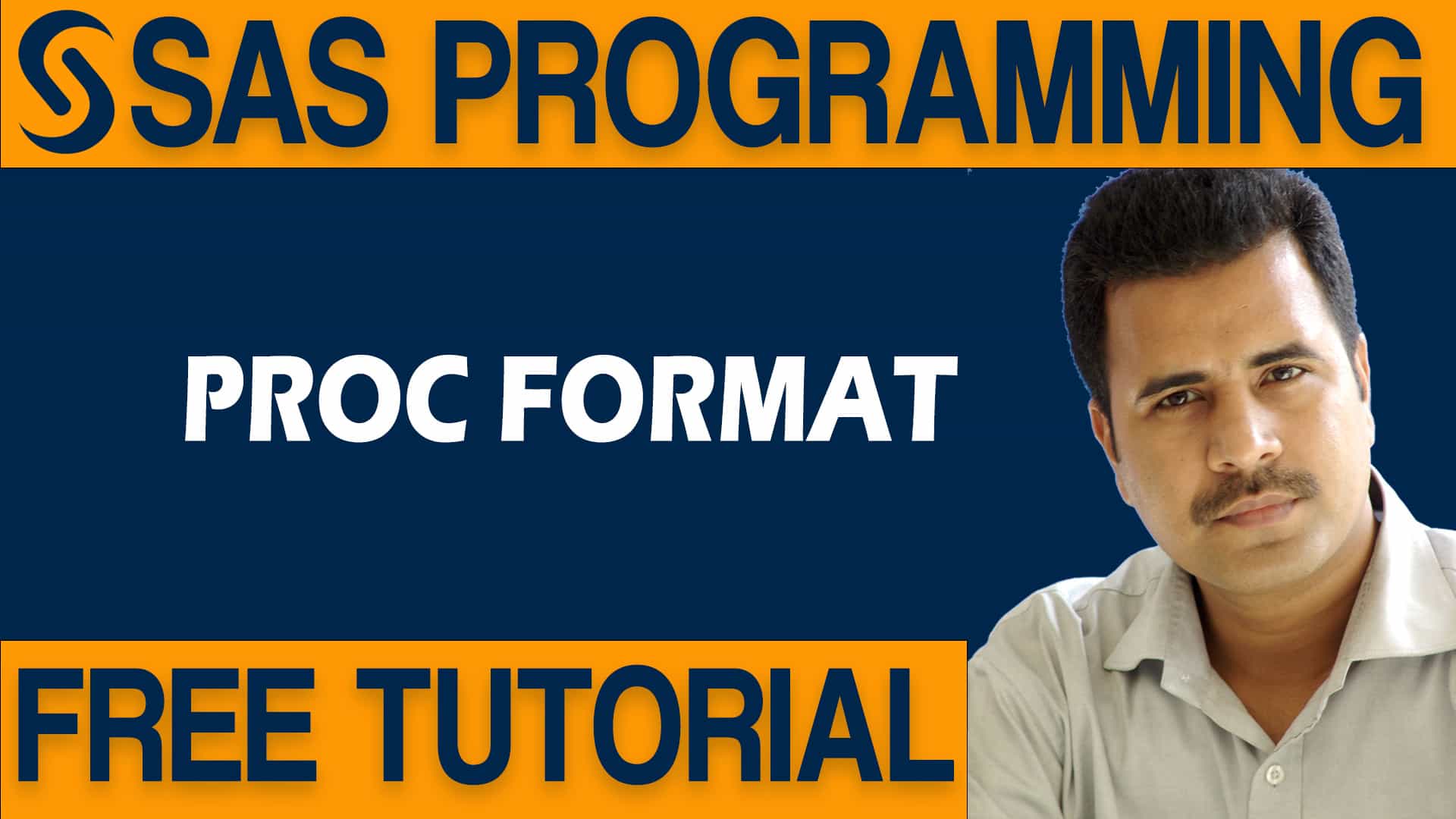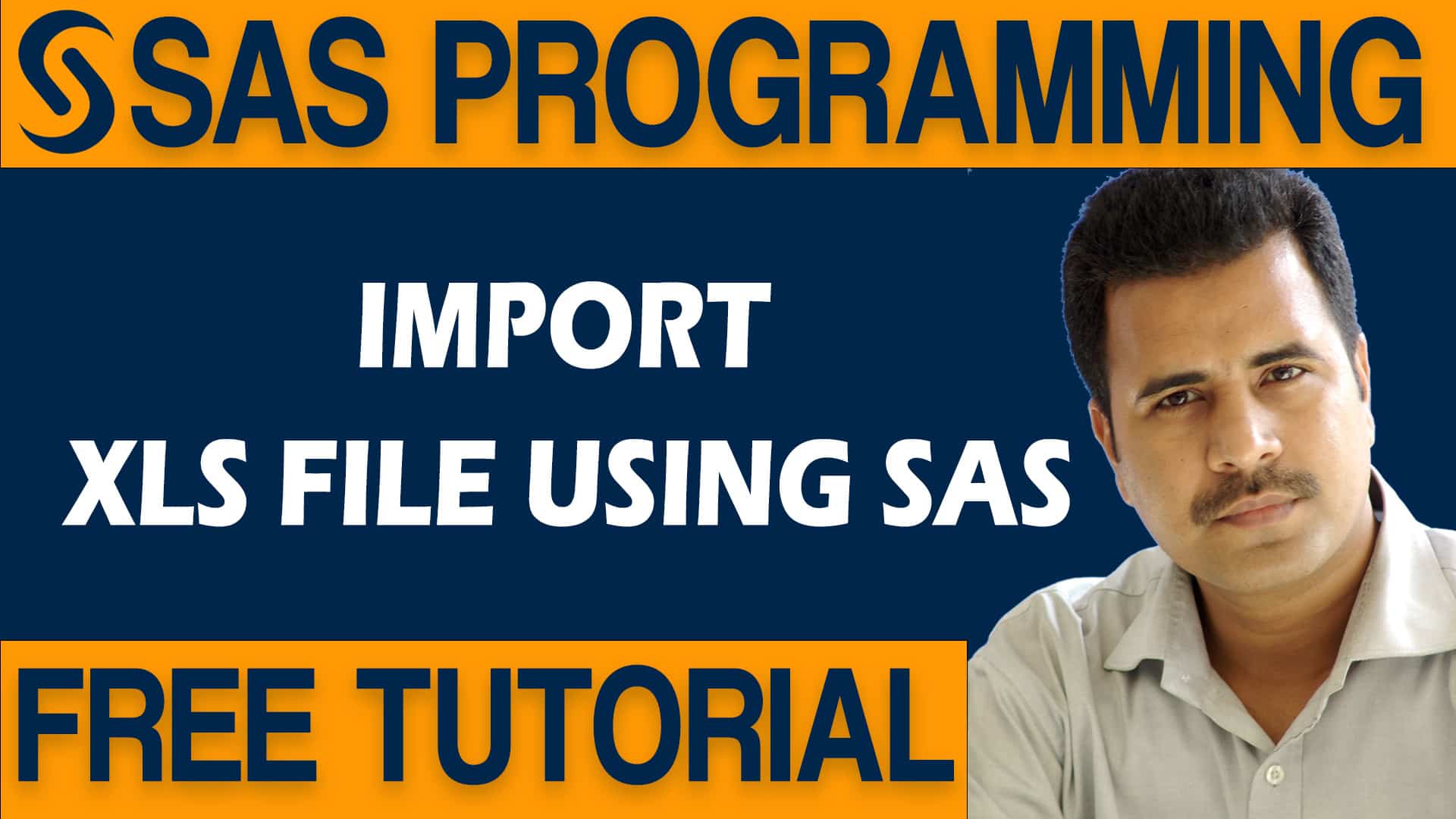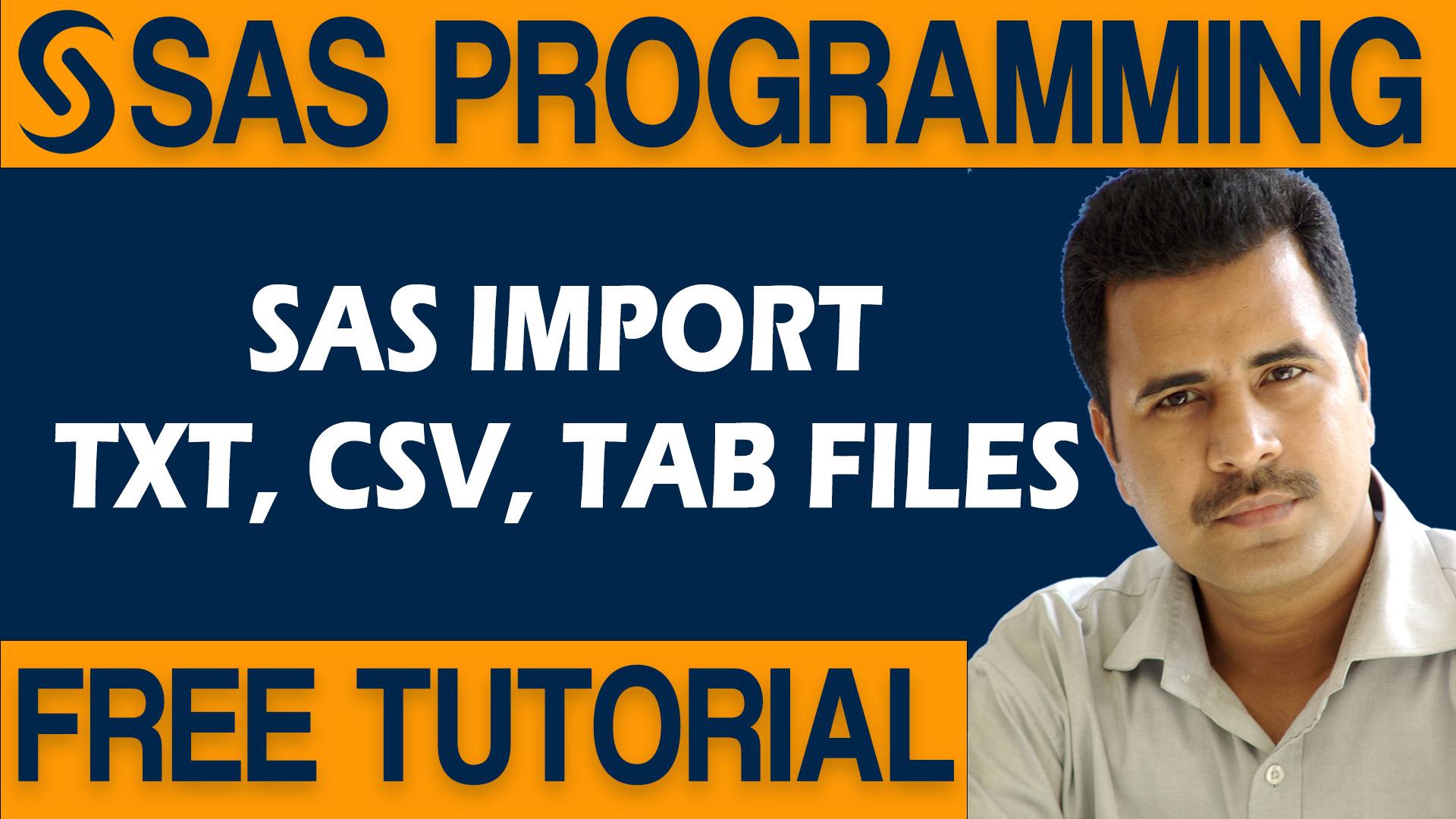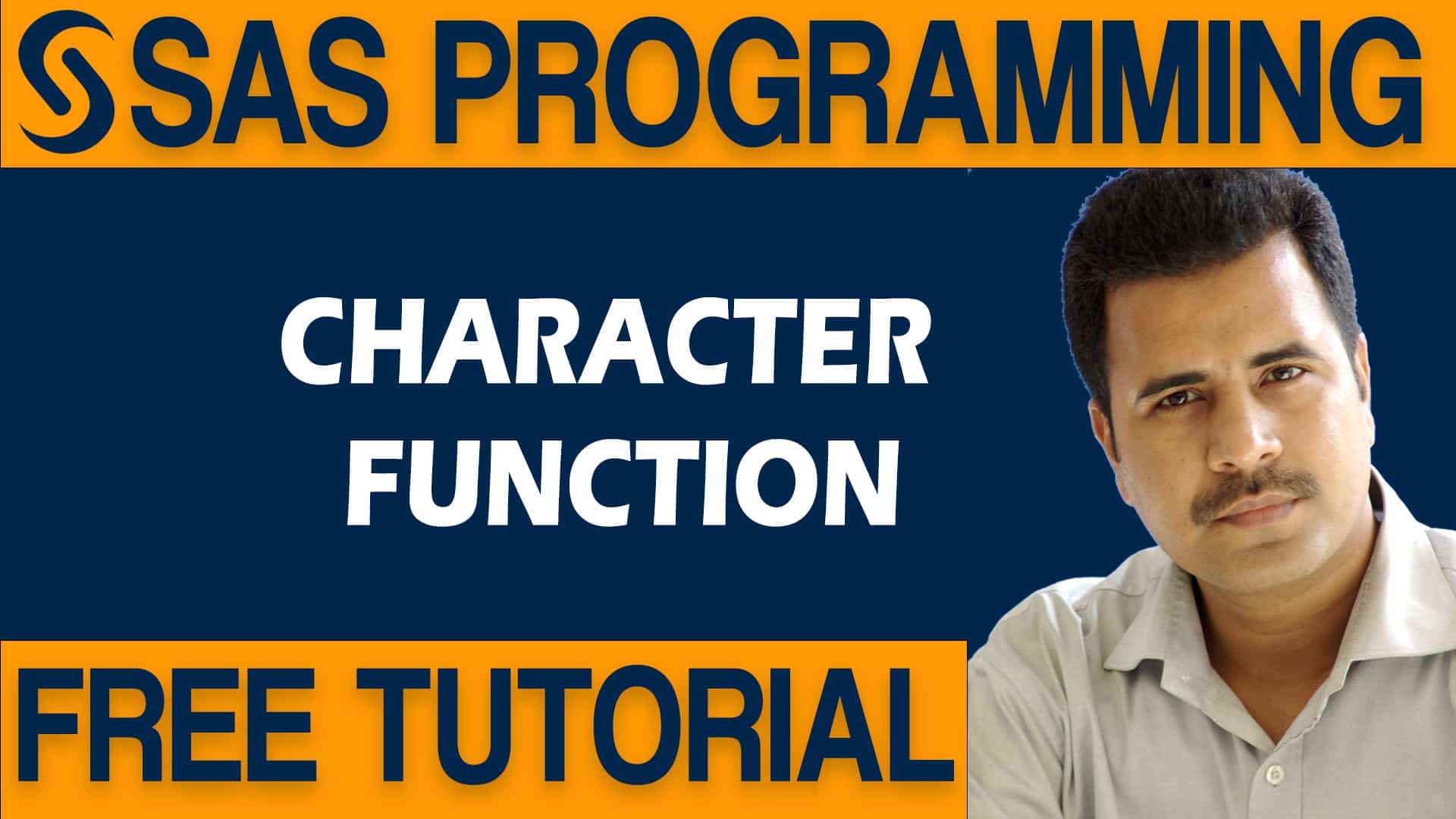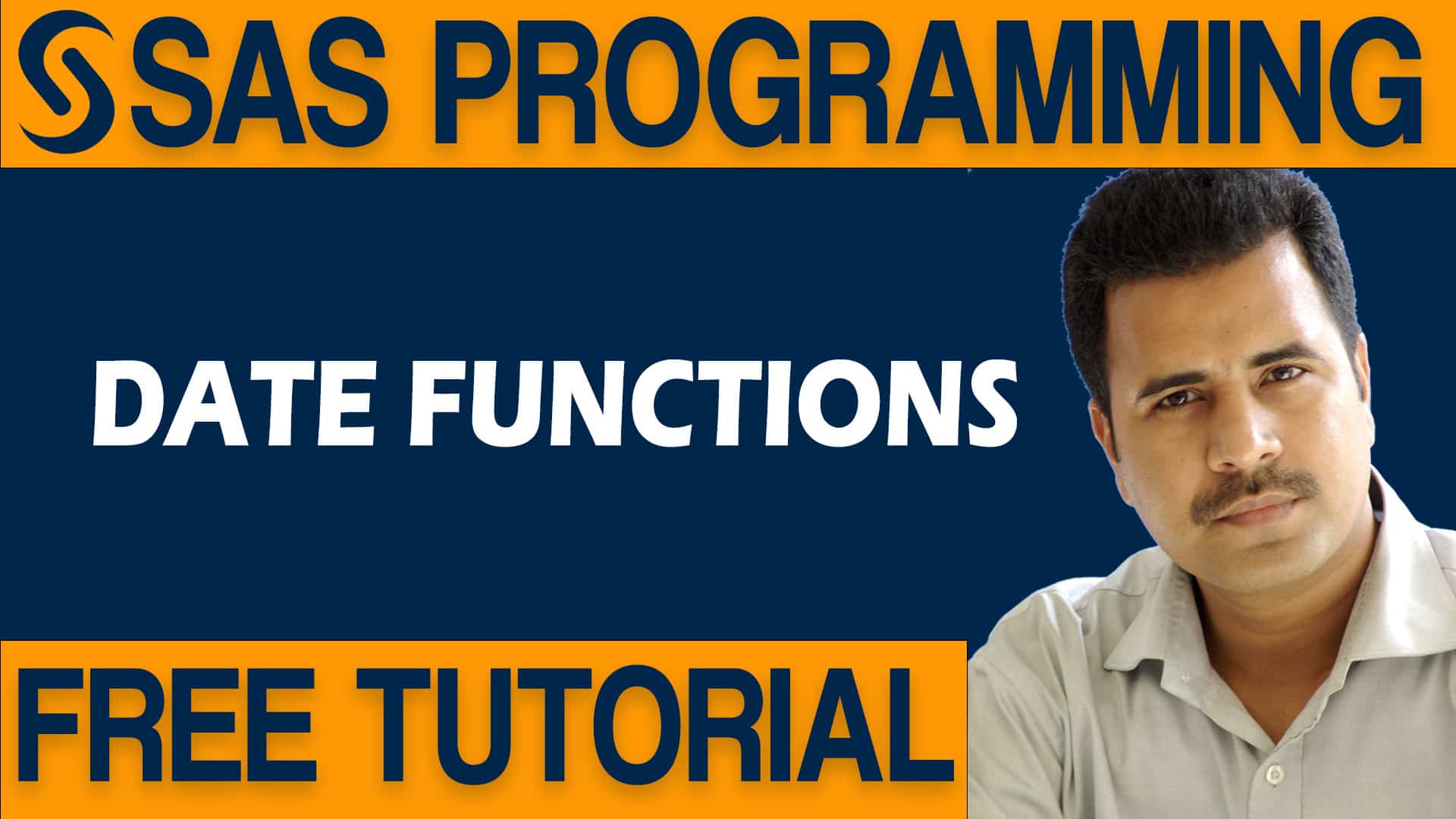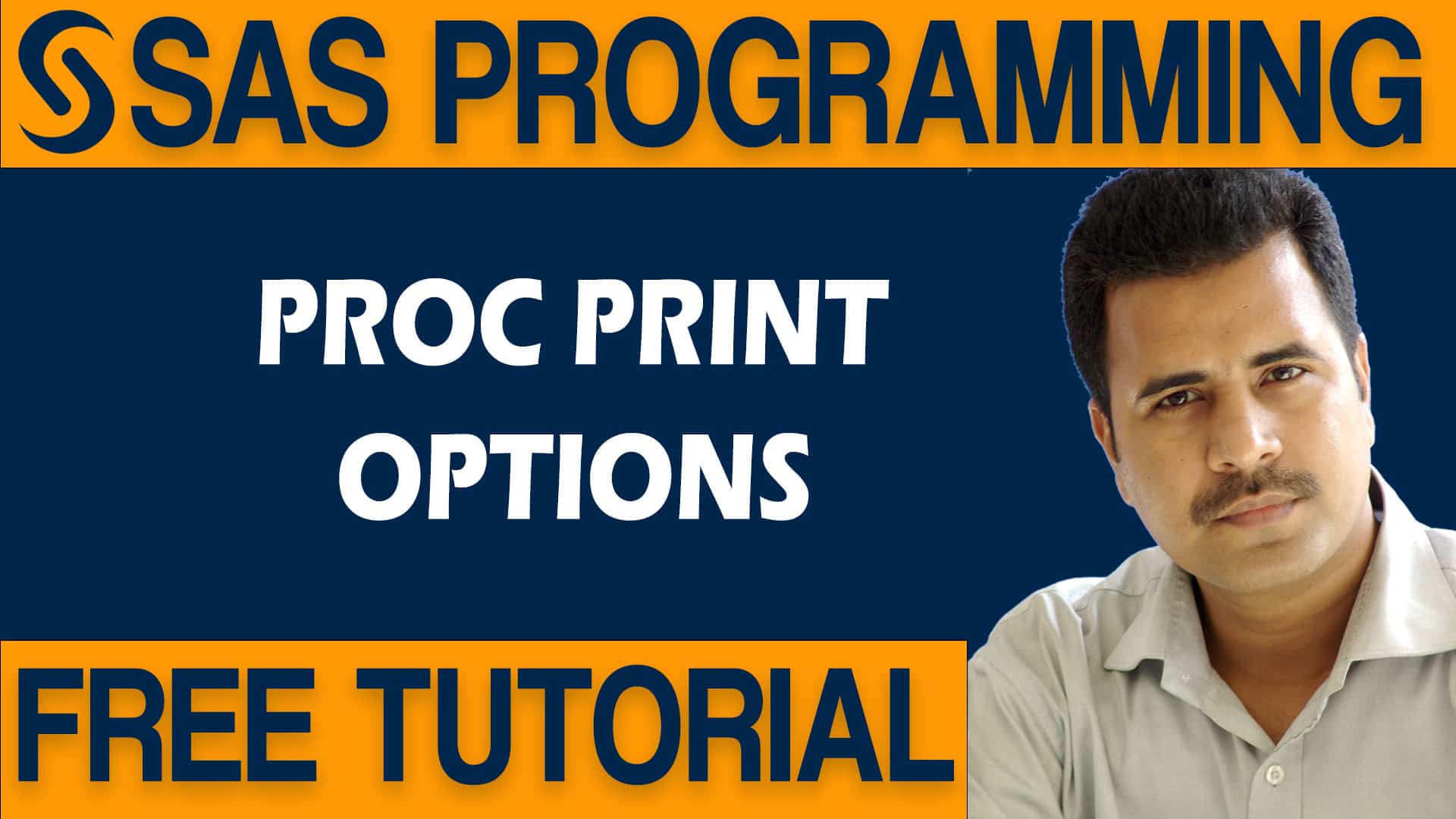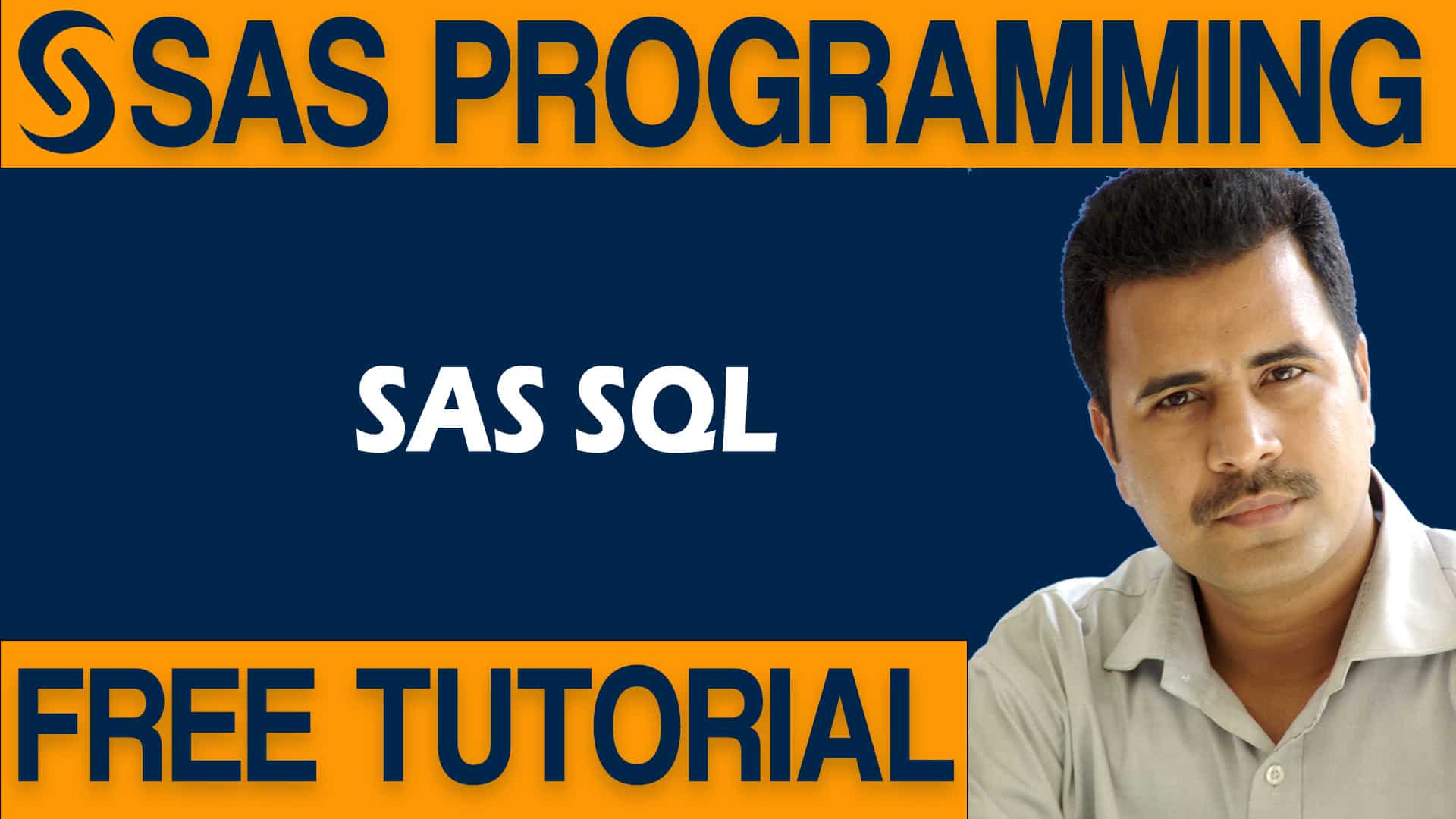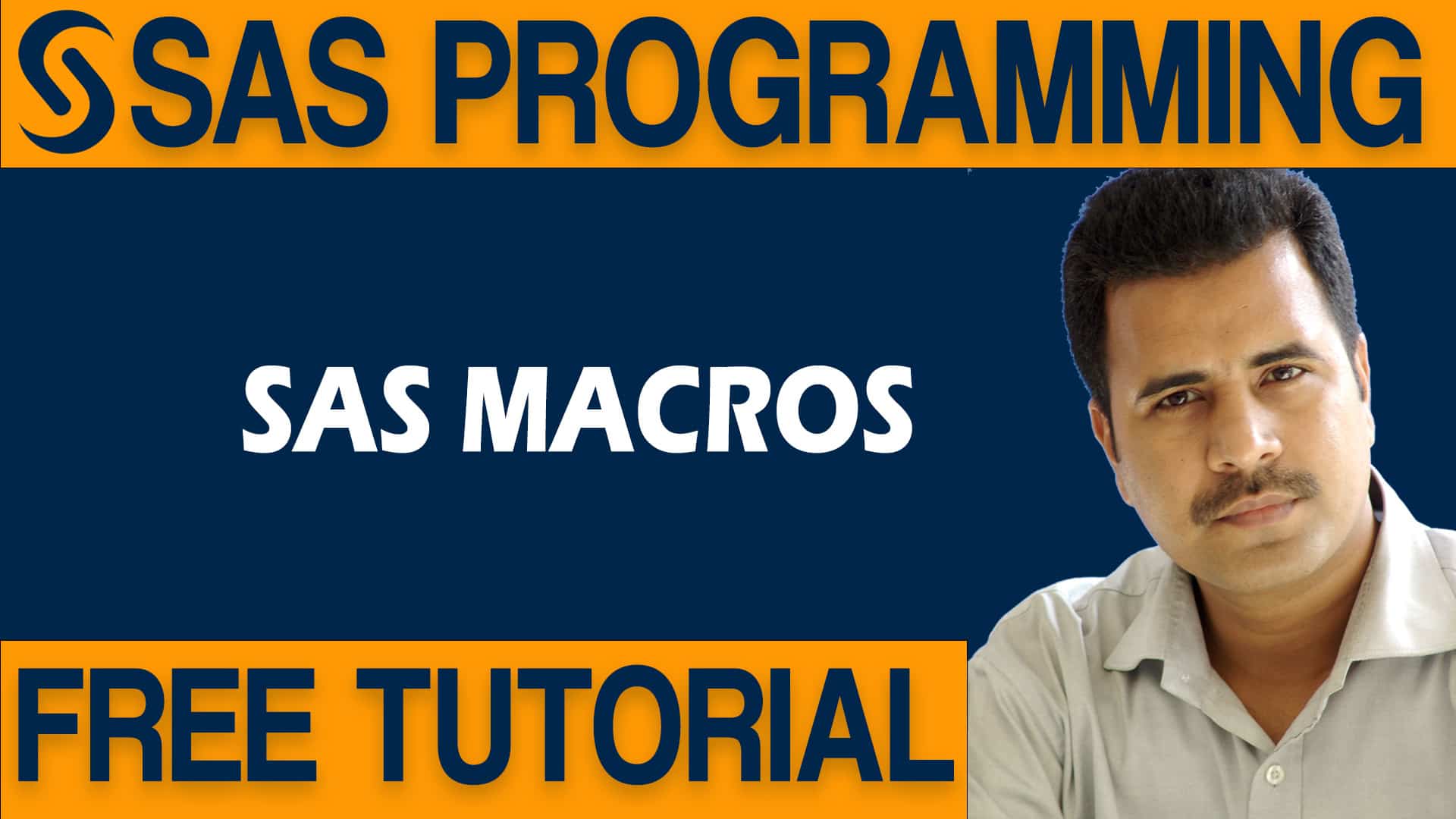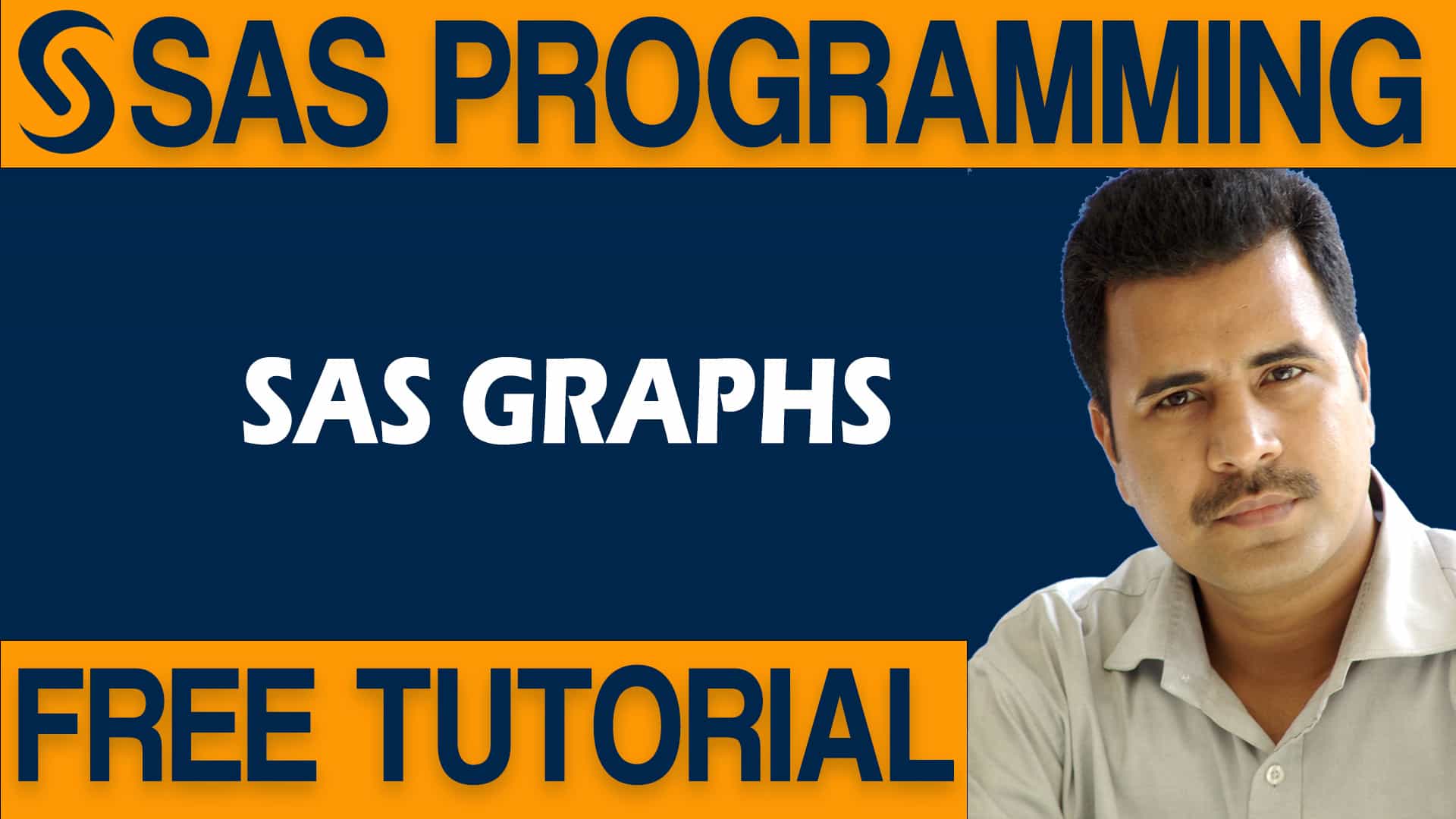SAS Tutorial
Looking to kickstart your career in data analytics and statistics? Look no further than our SAS Tutorial for Beginners.
Our comprehensive tutorial is designed for anyone new to SAS, providing a step-by-step guide to understanding SAS programming language, SAS data sets, SAS procedures, and SAS macros. With our easy-to-follow course, you’ll quickly gain a solid foundation in SAS and learn how to analyze, manage, and manipulate data with confidence.
Our experienced instructors have years of experience teaching SAS to beginners, and will guide you through each topic in a clear and concise manner. Whether you’re a student, researcher, or professional looking to add SAS skills to your toolkit, our tutorial has everything you need to get started.

Register For Live demo for Free
december,2025
Event Type
All
CDISC
CDM
CDM AND CRA
CDM AND PV
Clinical R
CRA
MC AND PV
Medical Coding
PV
sas
SAS AND R
SAS Placement
sas tutorial
No Events
SAS Tutorial Table of Contents
- Topics
- What is SAS?
- History of SAS.
- Competitors
- How to write Simple SAS program?
- Topics
- Explorer
- Result
- Library
- Proc Contents
- Topics
- Naming Convictions
- Saving in library
- Create temporary dataset and permanent dataset.
- Topics
- List
- Column
- Formatted
- Name
- : & @ @@ # +1 -1
- Topics
- Dates(ddmmyy10. /date9. /monyy7./date11. /Julien date/ weekdate24./ : )
- Time (time8./timeampm10/datetime18./dateampm20.)
- Percentage
- Topics
- How to remove commas
- How to remove Dollar
- How to remove Decimals
- Topics
- Missing Values
- Miss over
- Flow over
- Turncover
- Stopover
- Scan over
- Dlm/DSD/’09’x/first obs/obs
- Topics
Title/Footnote/Centre/page size
- Line size / max/nofmterr/optionsvalidvarname
- Firstobs/obs/caps/replace/fmtsearch/yearcut off
No notes/No source
- Topics
- Numeric – Character
- Character – Numeric
- Numeric- Numeric
- Character – Character
- Cntlin/Out
- Low-high/other
- Fmtlib
- Topics
- Dataset options:
- Replace/password/read/remove /password
- Label to dataset /label to vriables
- Set Options:
- Drop/keep/rename/where
- if _n_ then output/firstobs/obs
- set x y/set x set y
- Topics
- Xls/xslx/mdb/accdb/dlm
- Replace/dbms/range/sheetname/getnames
- Datarow/namerow/startrow
- Topics
- Numaric functions
- Character Functions
- Topics
- Upcase/Lowcase/Propcase
- Cmpbl/compress/tranwrd/find/replace
- Cat/cats/catt/catx
- Scan/reverse/length/compare
- Translate/coalesce/sum/putU
- Topics
- Int/Round/Ceil
- Floor/abs/fact
- Log/Lag/Log10/Mod
- Input
- Topics
- Keep/var/id/sum
- Heading/width/split
- Label/double/footnote/
- No.obs/title
- Topics
- By/out/linguistic
- No dupkey/No equals/no dup
- No dupers/out page by

- Topics
- Create table/select*from/as/order by/group by
- Add/update/interest/where
- Inner join/right join/left join/full join
- Except/union/union all
- Sum/mean/min/max/std/having/count
- Topics
- Input stack/word scanner/token/compiler/trigger/%let/%put/footnote
- %local/%global/callsymput/sqlinto/with loops/%mend/maxdec
- sysdate/sysever/sysdate9/sysday/systime/syserr/%sysevalf/eval
- %symexist/%sysfunc/options/noprint/nosymbolegn/Mprint
- Mlogic/%else/%if/%do/%then/set/_null_/into
- Where/%scan/%nrstr/%substr/%str/noprint/
- Topics
- G options reset/ftext/htext/ftitle/htitle
- Colors/vbar/hbar/vbar3D/hbar3d
- Pie chart/pie3d/donut/star chart
- Sumvar/maxis/axisal order/type
- Group/subgroup/no heading.
SAS is a powerful software suite widely used in the data analytics industry, and becoming certified in SAS can give you a competitive edge in the job market. SAS Certification demonstrates your mastery of SAS tools and techniques, making you a valuable asset to any organization.
To get SAS certified, you need to follow a few simple steps:
Choose the SAS Certification path that aligns with your interests and career goals. SAS offers certifications in a variety of areas, such as Base Programming, Advanced Programming, Data Management, and Analytics.
Study for the exam by using SAS resources, including training courses, practice exams, and official study materials. You can also join online communities and discussion forums to connect with other SAS users and learn from their experiences.
Register for the exam and schedule a date and time that works for you. You can take the exam in person at a SAS testing center or online from the comfort of your own home.
Take the exam and pass with a score of 70% or higher. Congratulations, you are now SAS certified!
SAS Certification can provide numerous benefits, including increased job opportunities, higher salaries, and recognition from peers in the data analytics field. So what are you waiting for? Start your SAS Certification journey today and take your career to the next level!


